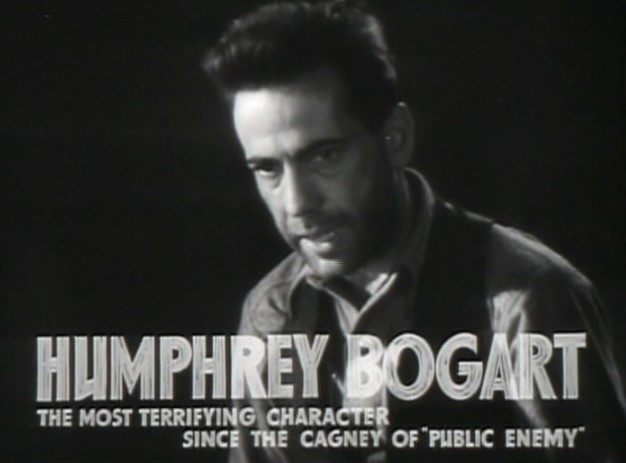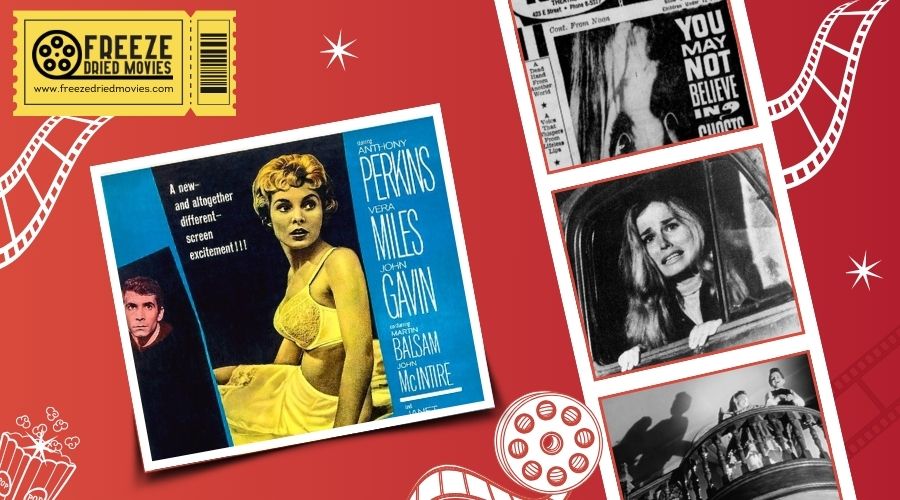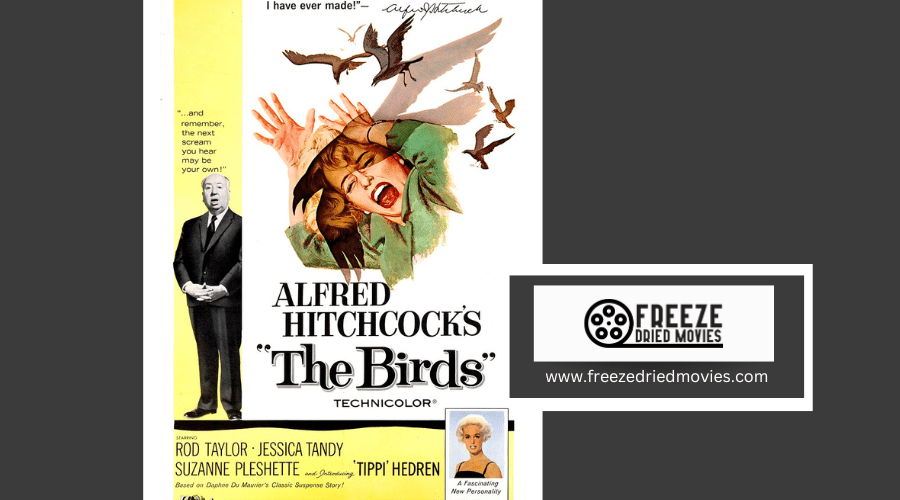What Are the 10 Most Common Film Noir Features?

Film noir typically features anti-hero protagonists, femme fatales, chiaroscuro lighting, urban nightscapes, and nonlinear narratives. You'll notice stylized, hard-boiled dialogue, MacGuffin plot devices, expressionistic camera angles, and themes of alienation and existential dread. These elements combine to create the genre's distinctive mood of moral ambiguity and psychological tension. Explore these characteristics further to understand how directors like John Huston and Billy Wilder crafted cinema's darkest corners.
Key Takeaways
- Dark, high-contrast lighting with strategic shadows (chiaroscuro) creates visual storytelling that symbolizes characters' hidden motives and moral ambiguity.
- Morally complex anti-hero protagonists struggle with personal demons while navigating corrupt urban environments according to their own moral codes.
- Manipulative femme fatales use beauty and intelligence to entrap men, representing complex explorations of female power in patriarchal settings.
- Labyrinthine plots featuring flashbacks, nonlinear storytelling, and voiceover narration create disorienting narrative experiences that mirror characters' confusion.
- Gritty urban settings, often at night, function as characters themselves, with rain-slicked streets and neon-lit cityscapes reflecting existential isolation.
The Anti-Hero Protagonist: Flawed Detectives and Fallen Men
Unlike traditional Hollywood heroes, the noir protagonist exists in a moral gray area, challenging audience expectations about heroism itself. In classic noir films, you'll meet cynical private detectives and ordinary men dragged into dangerous circumstances beyond their control.
Film noir presents us with flawed, reluctant heroes struggling through a world as morally ambiguous as they are.
These anti-hero protagonists struggle with personal demons and temptations while traversing a corrupt world. Think of Humphrey Bogart's Sam Spade in "The Maltese Falcon"—world-weary, cynical, yet bound by a personal code.
Or Fred MacMurray's Walter Neff in "Double Indemnity," whose infatuation with Barbara Stanwyck leads to his undoing.
What makes film noirs riveting is how these flawed characters reflect our own moral complexities. Their inevitable downfall, often through betrayal or mistrust, explores the darker aspects of human nature and society's fragility. Bogart's masterful portrayal of morally complex characters established him as the quintessential figure of the film noir landscape that continues to inspire modern interpretations.

The Femme Fatale: Beautiful, Dangerous, and Deadly
While flawed men struggle through noir's shadowy world, they're often lured into their demise by a far more fascinating character. The femme fatale stands as noir's most iconic archetype—a beautiful but deadly woman who manipulates men with calculated precision.
You'll recognize her by her physical allure: low necklines, immaculate makeup, and elegant gloves. She dominates spaces like boudoirs and dimly lit bars, weaponizing her sexuality and intelligence to ensnare lovers in her web. Barbara Stanwyck's portrayal of Phyllis Dietrichson in Double Indemnity and Rita Hayworth's titular Gilda exemplify this dangerous archetype perfectly.
More than mere villains, these characters represent noir's complex exploration of female sexuality and power dynamics. They're the beautiful sirens whose songs lead men to destruction—revealing society's simultaneous fascination with and fear of female autonomy. Hayworth's groundbreaking performance in Gilda established a new standard for femme fatales by endowing them with emotional depth and intricate psychological dimensions beyond their seductive exteriors.

Chiaroscuro Lighting: Shadows and Contrast
How can light tell a story as effectively as dialogue? In film noir, the answer lies in chiaroscuro lighting, where stark contrasts between light and shadow create a visual language that speaks volumes about characters' hidden motives and moral ambiguity.
In noir cinema, shadows and light reveal what words conceal—the murky depths of human nature.
You'll notice how noir cinematography employs deep shadows and dramatic pools of light to obscure faces and create mysterious silhouettes. This expressionist approach isn't merely stylistic—it's fundamental to the genre's storytelling.
The moody, atmospheric quality enhances the psychological complexity of noir narratives, with darkness often symbolizing characters' inner turmoil or deception.
When shadows creep across a detective's face or a femme fatale emerges partially concealed in darkness, you're witnessing visual storytelling that reinforces noir's grim, fatalistic worldview through contrast rather than words.
Humphrey Bogart's performances masterfully utilized Humphrey Bogart's distinctive voice and physical presence to complement the chiaroscuro lighting techniques that defined the film noir aesthetic of the 1940s.
Urban Nightscapes: The City as Character
Concrete jungles transform into living, breathing entities in film noir, where cities aren't merely settings but active participants in the unfolding drama. You'll notice how the urban setting mirrors the protagonist's inner turmoil, with rain-soaked streets and dark alleys becoming physical manifestations of moral decay.
Neon-lit storefronts and shadowy corners create visual tension influenced by the Expressionist movement. Seedy bars, cheap hotels, and dimly lit apartments serve as stages for criminal intrigues. The gritty cityscape reflects the isolation and disillusionment of noir films' morally ambiguous characters.
The city's oppressive presence looms over everything, shaping characters' fates as they navigate its dangerous landscape. This atmospheric urban environment doesn't just contain the story—it actively influences how the narrative unfolds, becoming an inescapable force in the characters' lives. The visual style that emerged in these urban settings would later be enhanced by the Hays Code which forced filmmakers to use creative methods like suggestive dialogue and visual subtext to navigate censorship restrictions.
Convoluted Narrative Structure and Voiceover Narration
Unlike conventional storytelling, film noir delights in disorienting you with labyrinthine plots that twist and double back on themselves. When watching classic noir, you'll notice how frequently these black and white crime dramas employ flashbacks and nonlinear storytelling techniques to fragment the timeline.
You'll often hear a world-weary protagonist guiding you through the maze via voiceover narration, offering cynical commentary on the unfolding events. This narrative technique doesn't just help you navigate the complex plot—it immerses you in the protagonist's subjective experience.
The intricate narrative structures serve a deeper purpose: they mirror the moral ambiguity central to film noir. As characters navigate uncertain ethical territory, the disorienting storytelling guarantees you feel the same sense of unease and paranoia they do.
Fatalism and Moral Ambiguity
Why do film noir protagonists rarely find redemption? Because they're trapped in a world where moral ambiguity reigns supreme and psychological brutality is the currency of human interaction. You'll witness characters confronting the nihilistic truth that no clean escape exists from their circumstances.
Characters learn harsh lessons about their own capacity for evil, often discovering their moral compass is more broken than they realized. Relationships thrive on betrayal and mistrust, with each character pursuing self-interest at the expense of others. Cynicism isn't just an attitude but the foundational worldview that drives the narrative forward.
The breakdown of societal order in noir creates a landscape where traditional ethics collapse, leaving characters to navigate a world where good and evil blur indistinguishably.
Stylized Dialogue and Hard-Boiled Vernacular
Language in film noir cuts like a switchblade—sharp, economical, and dangerous. You'll immediately recognize the hardboiled dialogue that defines these films, where characters speak in a cynical, clipped rhythm that mirrors their bleak worldview.
This stylized vernacular borrows heavily from pulp fiction, incorporating slang and tough-guy idioms that create an authentic urban underbelly. Listen for the rapid-fire, overlapping exchanges that reveal characters' distrust and betrayal of one another.
The protagonist's fatalistic outlook often emerges through laconic voiceovers, offering you a window into his jaded perspective as he navigates a morally ambiguous landscape.
These distinctive speech patterns aren't just atmospheric flourishes—they're essential components that establish the psychological terrain where noir's dark dramas unfold.
The MacGuffin: Objects of Desire and Plot Devices
Treasures, trinkets, and totems—the MacGuffin drives film noir's narrative engine while ironically meaning almost nothing in itself. In classic crime fiction and Hollywood films, these objects create the chase but rarely matter beyond their symbolic value.
- The Maltese Falcon statue stands as perhaps the quintessential example, propelling Humphrey Bogart through a labyrinth of deception and murder.
- The MacGuffin provides film noir with its initial momentum—like The Dude's rug in The Big Lebowski, which "really tied the room together".
- These objects often symbolize larger themes of greed, obsession, and human folly.
- Directors from Orson Welles to the Coen Brothers have weaponized MacGuffins to craft convoluted yet compelling narratives.
You'll find these plot devices create the perfect vehicle for noir's trademark moral ambiguity and complex character motivations.
Expressionistic Visual Style and Tilted Camera Angles
While MacGuffins drive noir plots forward, the genre's visual language speaks volumes through its shadows. When you watch classic noir films, you'll immediately notice their distinctive visual style that borrows heavily from German Expressionism.
These crime dramas immerse you in a world where tilted camera angles create profound unease, deliberately destabilizing your perspective. Classic noir's dramatic lighting establishes stark contrasts—deep shadows against harsh illumination—revealing characters' moral ambiguity.
Directors employed extreme close-ups and skewed framing to heighten psychological intensity, forcing you into the protagonist's troubled mindset.
The low-key lighting technique, a hallmark of classic films in this genre, casts meaningful shadows that often symbolize characters' inner turmoil. This expressionistic approach wasn't merely stylistic—it was fundamental to establishing film noir's fatalistic atmosphere and grim worldview.
Alienation and Existential Dread
Beneath noir's shadowy aesthetic lies a profound existential anxiety that defines the genre's emotional core. You'll feel the isolation and hopelessness that permeate these films as protagonists—often loners and outcasts—battle forces beyond their control in a morally ambiguous world.
Existential dread isn't noir's backdrop—it's the genre's beating heart, pulsing beneath every frame of shadow and light.
The existential dread in noir isn't merely atmospheric—it's thematic. Characters navigate corrupt systems and inevitable fate while grappling with their own alienation from society.
This reflection of post-war anxieties continues to resonate because it taps into universal human fears:
- The terror of being ultimately alone in an indifferent universe
- The futility of fighting against predetermined destiny
- The disorientation that comes from society's breakdown of order and values
Noir confronts you with uncomfortable truths: sometimes the shadows aren't just on the walls—they're within us.




